Romantic cobble stoned streets, dreamy canals, crooked bridges, comfy sidewalk cafes, houses looking like made of gingerbread, charming market square, and an eclectic melange of art, culture, and history, sure no city can get more lovey-dovey than this. Bruges has for long been pulling visitors with its medieval world charm. And all one needs is a leisurely stroll to enjoy this Belgian city. Bruges is so small, and packed with heritage, that there is absolutely no need to rush or get stressed to see everything. Bruges feels a museum, seamlessly alluring one with its splendid church spires, and the old fairy-tale, regal French touch.

As I was told, Bruges jumped to top the travelers’ chart after the release of a dark comedy about two Irish hit men ‘In Bruges’. The character of Collin Farrell concluded in the closing scene “Maybe that’s what hell is: the entire rest of eternity spent in Bruges”. In reality, though, Bruges is different from this description. It is tranquil but never fails to show a side of ambition with young chefs with refined tastes exhibiting a medley of European cultures, chocolatiers setting sweeter targets with their culinary finesse, and local beer pubs stocked with meticulously curated selections of rare Belgian beers, giving Bruges a contemporary charm. And the cobble-stoned narrow streets, the historic churches, and the whistles and taps of the horse carriages taking tourists around, add to the fairy-tale beauty of this town.

The medieval wonderland
The folks in Bruges love their bicycles, and almost 60 percent of all journeys can be made on a bicycle. Renting a bike is probably the best option to explore the city, and if you want it even slower, a nice stroll from one end to the other is good to make an acquaintance with the city. To see the prettiest parts of the town, wander along the Dijver canal, snaking through the town. The walk will lead you from one beauty spot to the other, ending at the Markt, the main square dominated by a 13th-century belfry. The Belfry has become the emblem of Bruges. One may spiral the 366 stairs to have a panoramic view of the city, and if not, one can always settle with capturing the panorama of the gothic styled old courthouse, the munificence of the Belfry, and the quaint buildings gabled around the square.

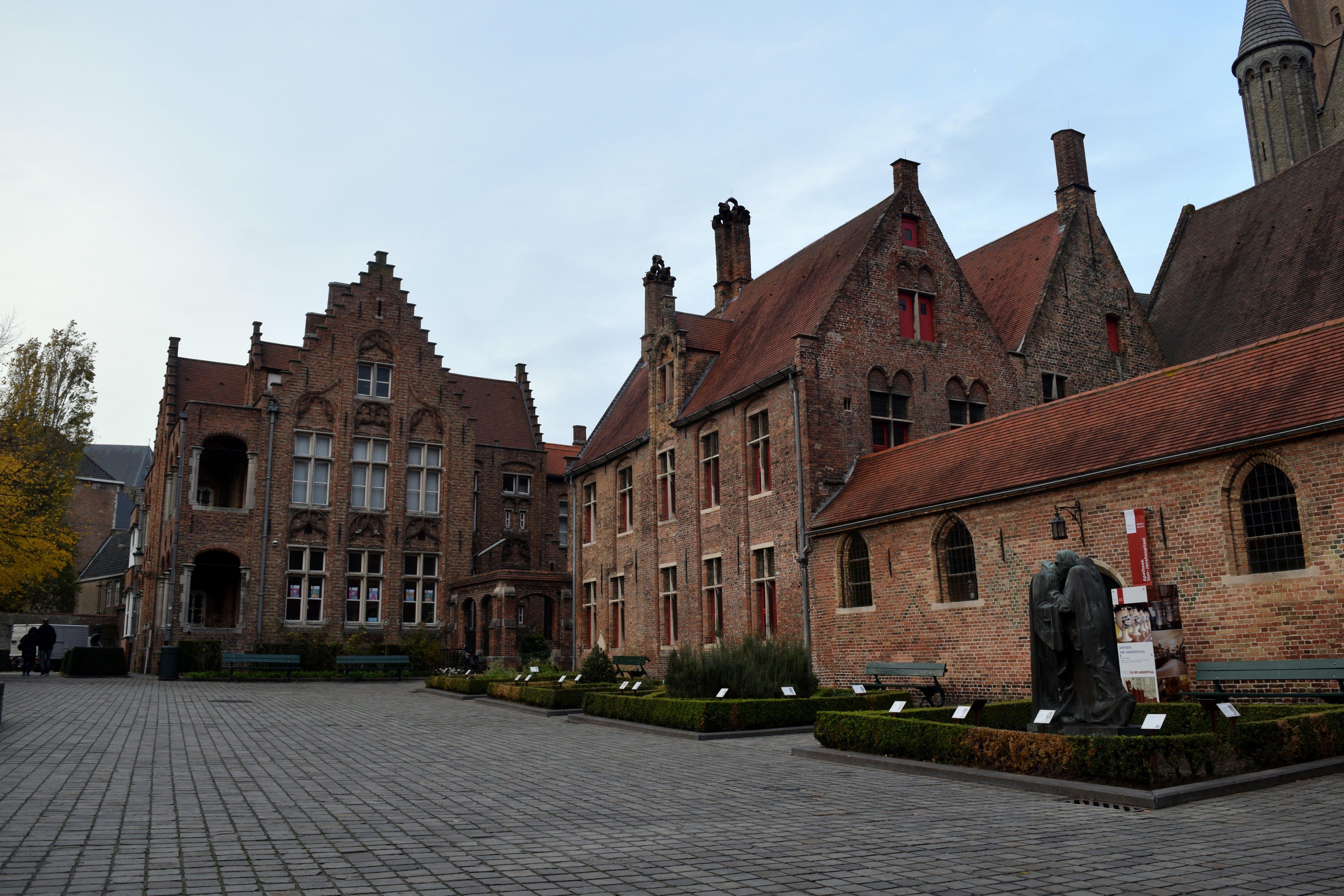
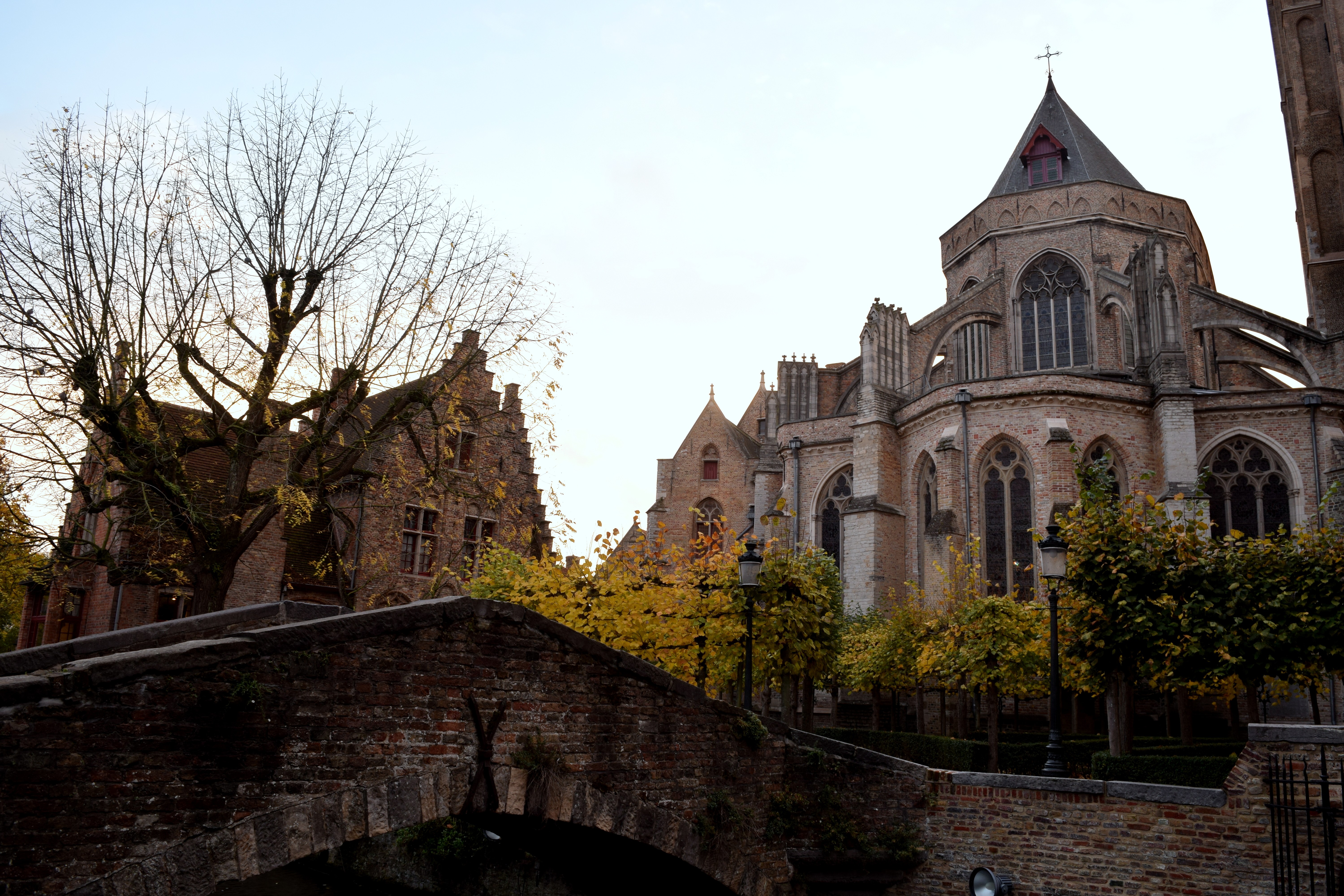
The Burg square is the historical heart of Bruges. The elaborate Stadhuis (town hall), housed here, dates back to the 14th century and is among the oldest of buildings in the region. At a stone throw away distance is the Basilica of the Holy Blood; and the Renaissance hall of the Brugse Vrije, cover some more steps and one will be enthralled with the artistic magnificence of the Groeninge museum, a small but exquisite collection of the greatest of works of the medieval and the renaissance eras. Some striking art pieces of renaissance artists Jan van Eyck and Fernand Khnopff, are also housed in the museum. For museum lovers, Bruges has quite more to offer, there is a curious museum, the Sint-Janshospitaal (St John’s Hospital), which once functioned as a hospital and is now a building of art with Hans Memling’s detailed devotional work for his chapel. The museum is worth seeing with its fine timber roof, and art-pieces it houses. Expo Picasso in the St. John hospital is another un-missable art spot, where more than 300 works reside. There is also a Volkskundemuseum (Museum of Folk Life), which gives travelers a sneak-peak into everyday flemish life of the 19th and early 20th centuries. The museum is a series of adjoining rooms, where workshops of the bygone trades are reconstructed. The quaint numerous museums at different turns bring a thought that beneath the medieval veneer Bruges drapes, there exists a robust cultural life.
Fact is that for its size, Bruges house an incredible amount of art. From local art collections to the likes of Salvador Dali and Picasso, Bruges can claim to a whole diversity of art. Some of the greatest pieces of Jan van Eyck are housed here, The Virgin And Child With Canon Van der Paele, showcasing an extraordinary feat of fine detailing, and geometrical and spatial complexity, is a must-see.

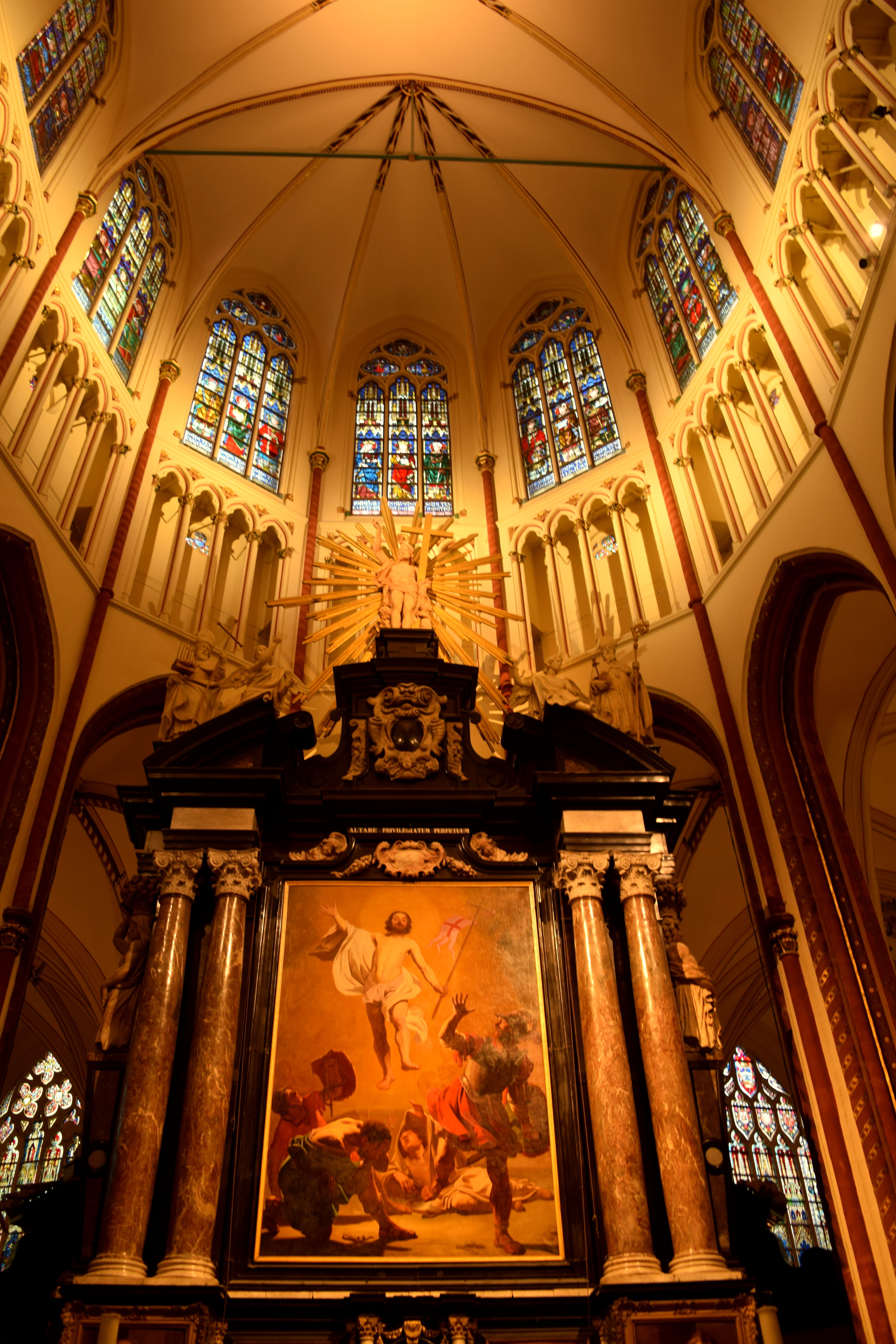
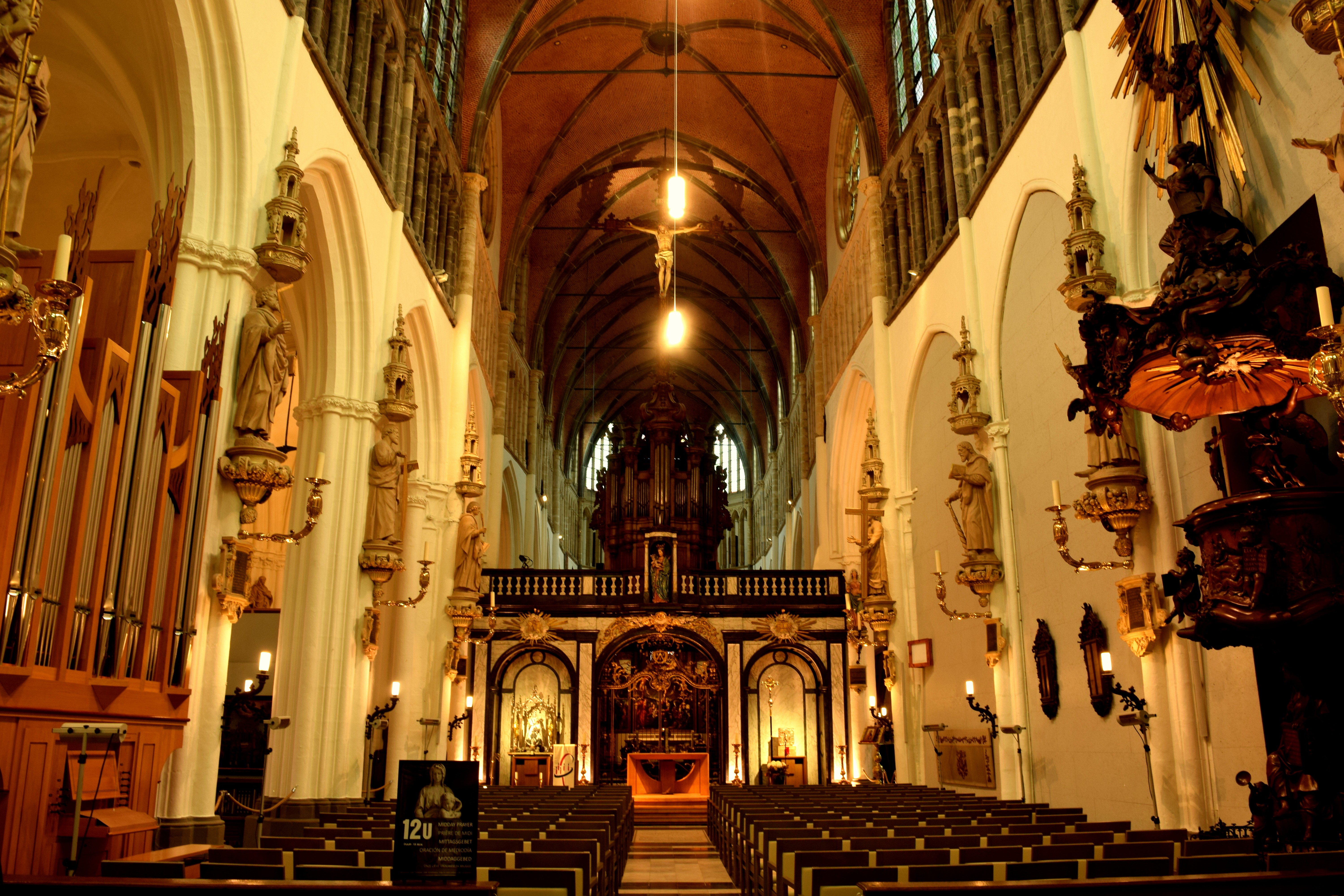
The quintessential canal trip
A good half an hour canal tour takes you through the bylanes of the town, with secret gardens, public places, picturesque wooden or brick bridges, and old houses. The most striking turn is probably one that takes you to Rozenhoedkaai, close to Tanner’s square, centered where the Groenerei and Dijver canals meet, so making it the ideal place to see the Gothic architecture of Bruges.

The windmill walk
Though I couldn’t make it to the windmill, along the river on the east side of the town, stand these quaint, wooden structures, some still grinding to this day. And if you have been to the Volendam in The Netherlands, you can find a quaint resemblance in the feel and look.
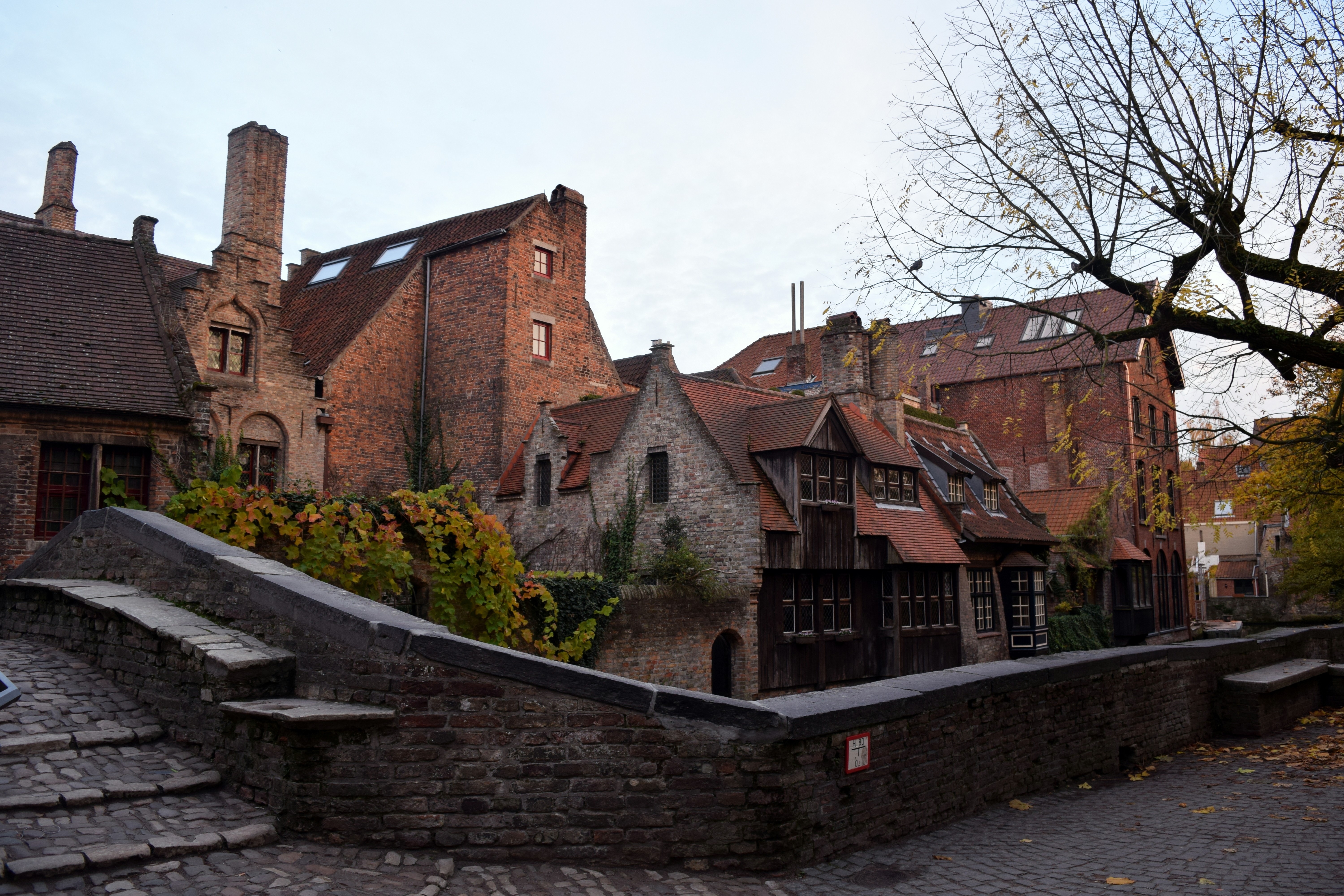
The chocolate factories, and the breweries
Bruges, and without a mention of chocolate is a story half done. The Belgians love their chocos and chips, and Bruges has museums dedicated to both – Choco story and the museum of fries. Off to the culinary stage, where chocolate shops are in scores, one that sends the ‘off-beat’ traveler in you alluring is the Chocolate Line, with its extremely off-beat taste combinations like Cuban cigar and Wahabi. It also sells pots of chocolate body paint.
Chocolate, beer, and lace form the holy trinity of Bruges eating scene. A remarkable number of visitors come here only for Bruges’s striking beer culture. Trappist beer is a legend, and Bruges spot many such drinking spots, my favorites are Le Trappiste and The Monk. Trappist beer is long fermented beer, and currently produced in only 13 breweries in the world, six of them being in Belgium. Belgian beer is a minefield for the beer enthusiasts, and Bruges is probably the best place to make yourself more knowledgeable about it.
One can hop to random places, but the real treasures are hidden in small, tucked away corners. The good part is even the random is novel here. And you should definitely try the Bacchus Cornelius, for their adroitly crafted home-made collection of beer and gins. And a visit to the De Halve Maan (Half Man) brewery is where the excellent Zot is made, Bruges’s city beer is like a biblical order for travelers keen to taste local brews. The business stretches back six generations and is now probably the only family-run brewery in Bruges. At the end of the tour, be assured to be treated with a glass of beer. Even otherwise keep a tab on the bars. Vino Vino is another place to look out for, with its heart Spanish cuisines, and to give solace to a hipster in you. As a dear friend said, “It’s these smaller cities like Bruges, Verona, Heidelberg, St. Jean Pied-de-Port that make traveling across Europe an unforgettable experience”. So often these smaller cities are overlooked for the big capitals and the tourists’ mecca, but life has a different ravishing turn to it in these cities. For me Bruges could be summed in as a nice walking around in a mediaeval stage, accompanied with relaxing and taking in every moment spent, eating at unpretentious little cafes, trying out adroitly crafted chocolates, enjoying a good local beer, the elegance in tranquility, and a feeling of lost but still in the known, transported back in time but still holding to the present.
P.S – Bruges is only 1.5 hours train ride away from Brussels.





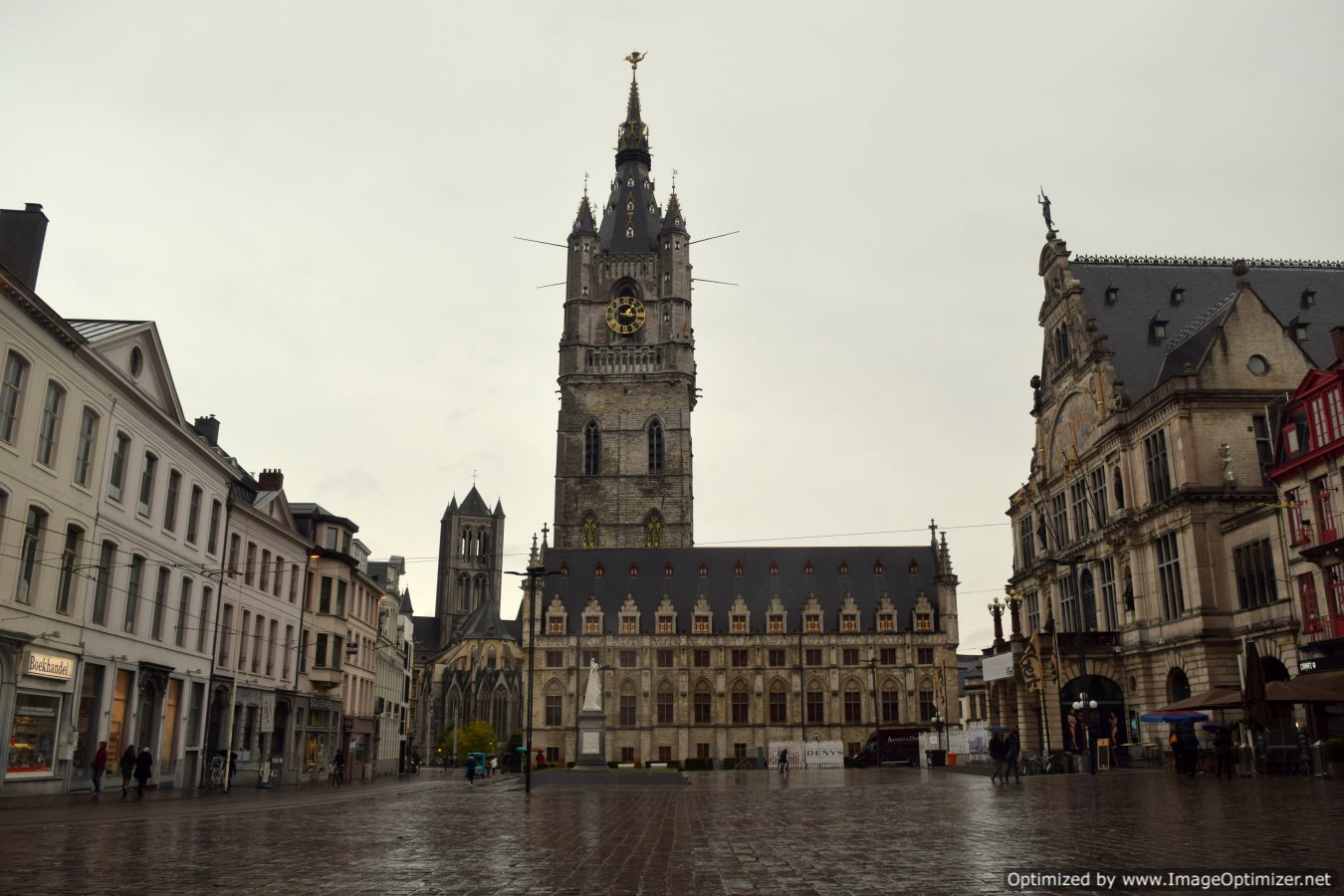


Bruges is definitely the most beautiful medieval European town. It was raining when I visited and chose to walk around.